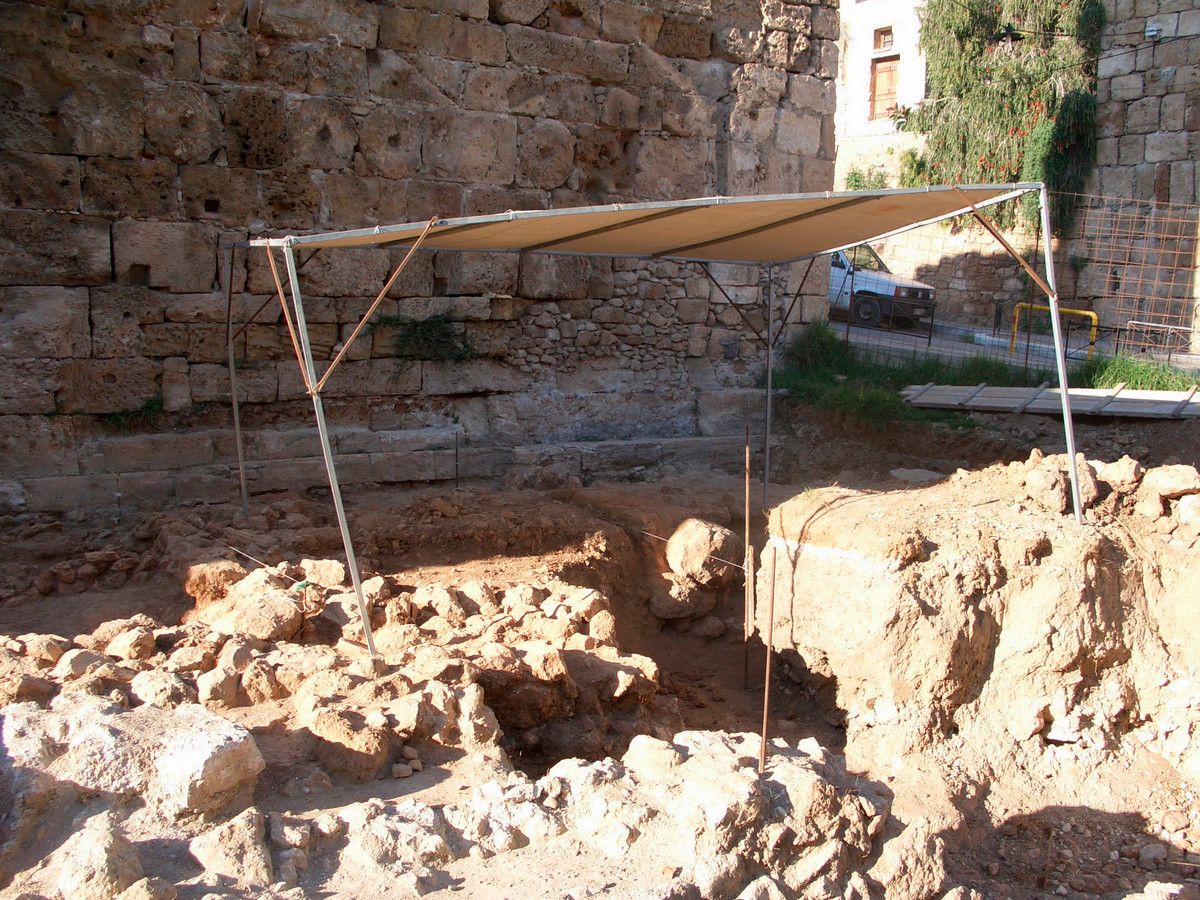Did you know that ancient bricks are magnetic? Some minerals in the clay used to make bricks produce a tiny magnetic field, but the exact nature of that magnetic field depends on how the brick was made. Bricks that were hardened by being left in the sun have a magnetic field with a random orientation that is weak and uneven. Once you heat a brick to a high enough temperature, though, the magnetic signals align with the earth’s magnetic field at that particular moment, meaning that bricks made in a kiln, which reach significantly higher temperature than ones left in the sun, have a consistent, stronger magnetic field.
Knowing how these different techniques produce different magnetic results can be helpful to archaeologists, but there are problems. For example, many ancient cities in places such as Israel were destroyed in fires, meaning that sun-dried bricks were often exposed to even higher temperatures than kiln-fired bricks, but after a building had already been built. This means that both kinds of bricks can end up with uniform magnetic fields, which can be a vexing issue for archaeologists who want to know when technologies, such as kilns, were introduced to places such as Israel.
To solve this problem, researchers have constructed a method through which a brick’s magnetization is gradually neutralized enabling them precisely to identify the brick’s exposure to various temperatures. This precision means that researchers can determine whether the bricks were exposed to the incredibly high temperatures a destructive fire causes or the temperatures more commonly associated with kiln firing. In the case of Israel, this solution helped archeologists determine that kiln technology didn’t arrive in the region until the Roman period.










